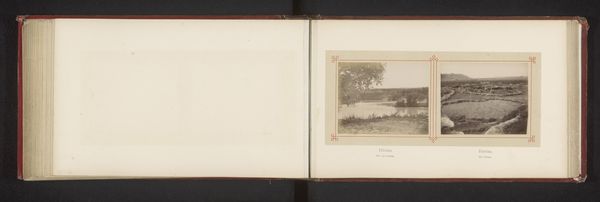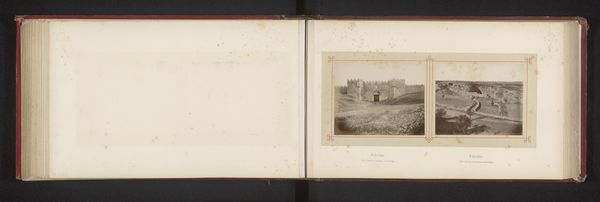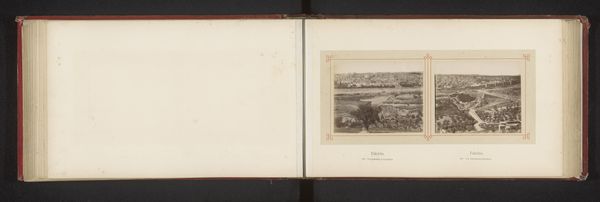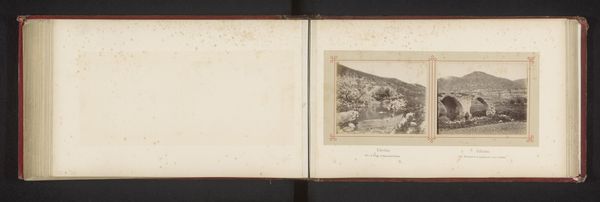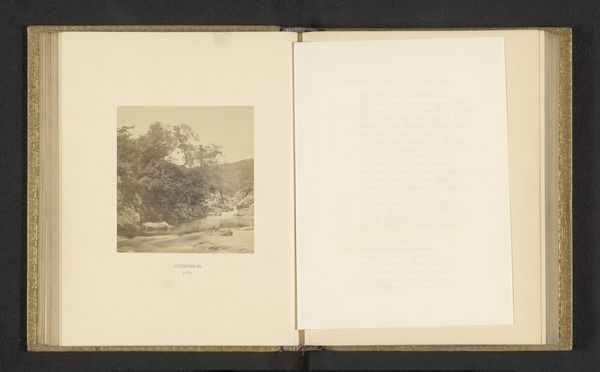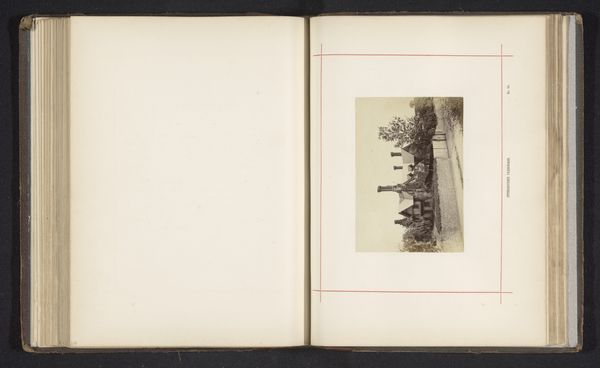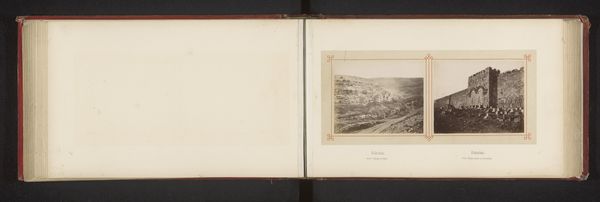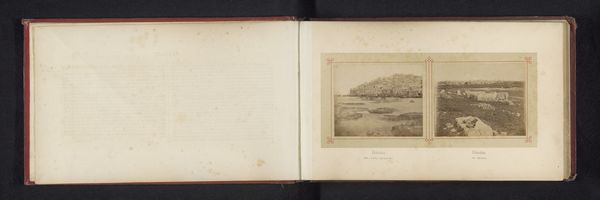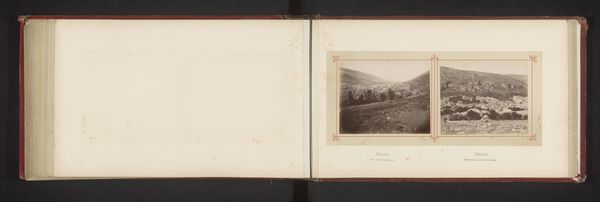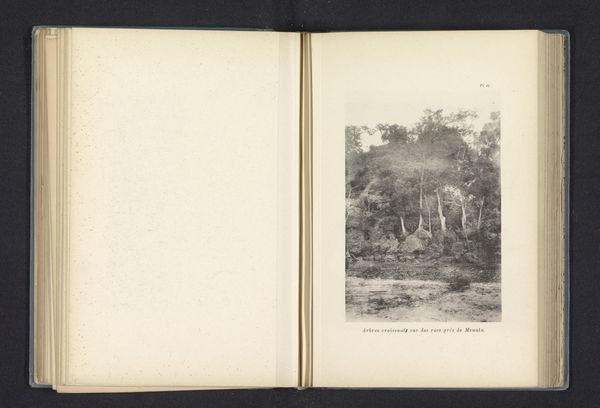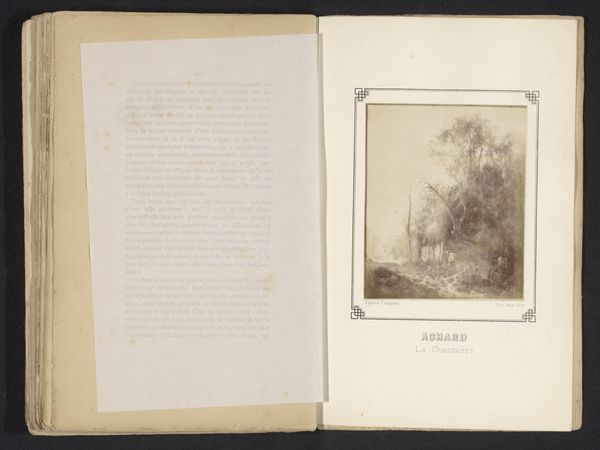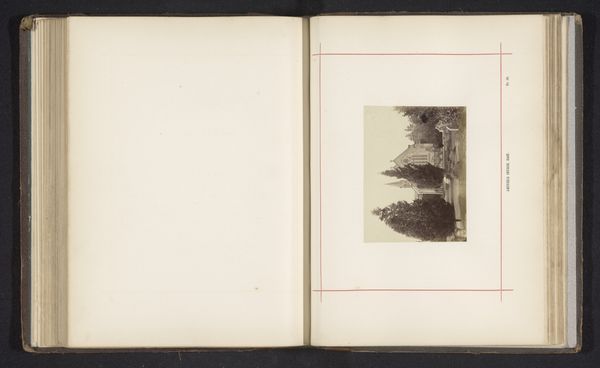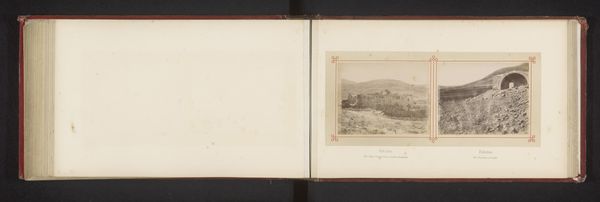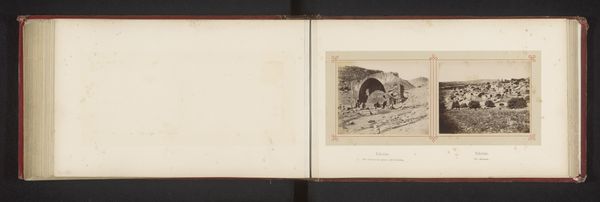
photography, albumen-print
#
landscape
#
photography
#
orientalism
#
watercolor
#
albumen-print
Dimensions: height 77 mm, width 95 mm
Copyright: Rijks Museum: Open Domain
Editor: This is “Olive Trees in the Gardens of Gethsemane,” a photographic print by Félix Bonfils, taken before 1878. It has such a quiet, almost reverent atmosphere. I’m struck by how this historical photograph, likely an albumen print, attempts to capture something spiritual. What visual stories do you find within the symbolic representation of this sacred garden? Curator: An intriguing point about the ‘spiritual.’ Observe how the composition uses the gnarled, ancient olive trees as framing devices, directing the eye towards what would have been deeply symbolic site. In Bonfils’ time, these places weren't simply landscapes; they were imbued with centuries of cultural memory, resonating particularly strongly with European audiences who imagined these Holy Land sites. How do you think Bonfils is tapping into that pre-existing cultural script? Editor: I see how he is offering an almost idealized version of the biblical landscape – almost staged. It connects to how Europe was imagining it, not necessarily reflecting complete reality, especially as "Orientalism" might colour the perception. Are there particular symbols within that stagecraft? Curator: Absolutely, there's a layer of constructing and mediating the narrative. Notice the quality of light and shadow; even though it’s photography, it feels almost like a carefully lit stage set. Light here serves as a visual metaphor, subtly guiding us to see these trees, these very physical things, as testaments to a deep-rooted faith. But considering your "stagecraft" assessment, how does that then impact how this connects with people's memory and imagination? Is there still some inherent authentic quality, despite being staged? Editor: I suppose its staged nature almost reinforced beliefs; it gave tangible form to mental images that viewers had carried for generations, adding a visual authority, while speaking to this cultural understanding of biblical landscape. Curator: Exactly. It's that layering of perception and belief, fact and faith. Seeing images like this was part of a complex exchange between what people already believed and the 'real' places of their spiritual heritage. A vital crossroads in collective memory.
Comments
No comments
Be the first to comment and join the conversation on the ultimate creative platform.
